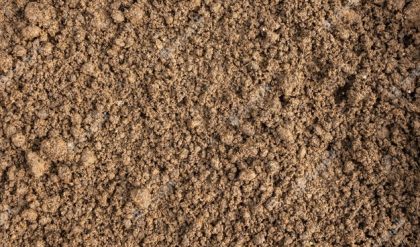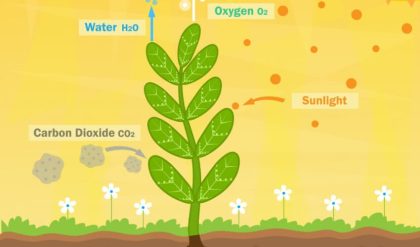In regions with allocation systems, irrigation management is critical to maximizing water inputs. As was discussed earlier, crops respond in a linear relationship to ET. However, each inch of irrigation does not return the same amount of grain yield as the previous inch of irrigation. This reduction in response is due to greater losses such as leaching and more water left in the soil as applications approach full ET. Crops have critical time periods when water is more critical to the grain yield. Typically, that critical time period is during the reproductive growth stages of those crops. When water allocation cannot meet full crop ET, water should be saved for the reproductive stages where it will have the most impact. Grain yields are increased when water is properly timed and applied during the reproductive growth stages.
Pre-Irrigation
Although there may be years that pre-irrigation is needed to refill the soil profile to field capacity, the efficiency of pre-irrigations is low. Lamm and Rogers (1985) found that the storage efficiency of non-growing season precipitation was reduced as the fall available soil water content was closer to field
capacity. Although pre-irrigation may be needed in years with low precipitation, irrigation decisions are better made in the spring to take advantage of non-growing season precipitation. As was indicated by Nielsen (1998), the use of standing stubble increased the storage efficiency of off-season precipitation. Lamm and Rogers study involved clean tillage; therefore, storage efficiencies were less than what may be expected with undisturbed fields.
Irrigation Capacity
Irrigation capacity on a per-irrigated acre basis is important when considering how many acres to irrigate. In western Kansas, Lamm (2004) found that net returns to land and management are reduced when all acres are irrigated with less than adequate capacities as compared to reducing irrigated acres and maintaining an adequate capacity. Potential corn yields are reduced as irrigation capacity is reduced as compared to maintaining an adequate capacity with fewer acres.
Some systems can never meet peak crop ET, even with normal precipitation. O’Brien et al. (2001) found that when irrigation system capacity was increased from 0.1 inches/day to 0.2 inches per day, corn yields increased by 28 percent. To achieve this change in capacity per irrigated acre, a producer would have to reduce irrigated acres by 50 percent. Profitability of increasing the irrigation capacity by reducing irrigated acres increased net returns per irrigated acre by nearly four times. Even though only half of the acres are irrigated, profits would be more than twice that of when irrigating the entire acreage. When irrigation capacities are less than adequate, producer strategies to try to compensate for reduced capacity include pre-irrigation, beginning irrigation earlier in the growing season and not shutting off the system during wet time periods. Many times, this management results in more irrigation water being applied than what would be required with adequate capacity and less grain yields. These strategies are used to keep soil moisture at or near field capacity as long as possible into the growing season before ET becomes greater than the irrigation capacity and potential average precipitation.
Economics of Limited Irrigation
Full irrigation management has the greatest return per acre when water (capacity or allocation) is not limiting (Lamm 1989). However, when system capacities or allocations are limiting, reducing irrigated acres and full irrigation management of a single crop is generally not the optimum choice. A producer must determine what the difference in economic returns when increasing irrigated acres of a low water use crop at lower than optimum water levels as compared to reducing irrigated acres of a high water use crop such as corn. Crops such as soybean and wheat have greater net returns at lower amounts of irrigation as compared to corn. Schneekloth et al. (1995) found that net returns were greater when a three-year rotation of corn-soybean-wheat was irrigated with a 6 acre-inch/acre/year allocation as compared to a continuous corn rotation. This was due to the increase in corn grain yields following wheat and the inclusion of lower water use crops such as soybean and wheat which had yields that were closer to fully-irrigated grain yields as compared to corn. They also found that
the variability in net returns was also reduced with a three-year rotation as compared to continuous corn. This was partly due to less variability in grain yields with the three-year rotation as compared to continuous corn.
As the allocations are reduced, the choice becomes, “Do I further reduce the amount of irrigation on corn and further reduce yields, or do I add a lower water use crop with less water applied in return for applying more water on corn?”
Schneekloth et al. (2001) found that cropping rotations switched to include lower water use crops such as soybean or wheat as the amount of water that could be pumped was reduced. As the amount of allocation is reduced, irrigation of corn is reduced to slightly less than that of optimum with little reduction in grain yield and net return. Schneekloth (2001) found that irrigated acres of lower water use crops do increase in favor of applying more water on fewer acres of corn to maximize the net return. As the amount of water is reduced further, irrigated corn generally is eliminated from the rotation. When allocations were reduced to 4 inches per acre, corn was no longer as profitable as irrigating soybean or wheat.





